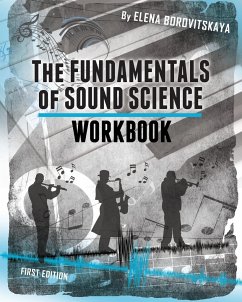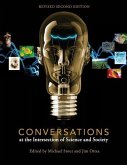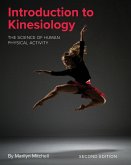Designed to accompany the textbook of the same name, Workbook for the Fundamentals of Sound Science is filled with engaging activities that enable students to find and experience the common ground between physics and music. Using music as the vehicle for exploring sound, student uncover common principles of the everyday, physical world through a variety of activities such as comprehension questions, multiple choice and cloze exercises, and responding to charts. Topics of inquiry include distance velocity, scalars and vectors, harmonic motion, waves, the sources and physical properties of sound, and measurements of loudness. Students also use basic musicianship as the springboard for an examination of the Fourier Analysis of the Simplest Sound Spectra. In conjunction with the main text, Workbook for the Fundamentals of Sound Sciencecan be used for introductory courses in physics, including those at the high school level. The accessibility of the material, which does not require an extensive background in mathematics, also makes it appropriate for non-major, general education courses at the university level. Elena Borovitskaya earned her Ph.D. in physics and mathematics at the Institute of Applied Physics, Russian Academy of Science in Nizhni Novgorod, Russia. Her area of expertise is the physics of low-dimensional systems such as quantum wells, quantum wires, and quantum dots. Dr. Borovitskaya also studied music in Nizhni Novgorod, and her two areas of interest and expertise enabled her to connect the languages of physics and music. She is currently a faculty member at Temple University in Philadelphia, where she enjoys teaching a variety of courses - musical acoustics being her favorite.
Bitte wählen Sie Ihr Anliegen aus.
Rechnungen
Retourenschein anfordern
Bestellstatus
Storno









